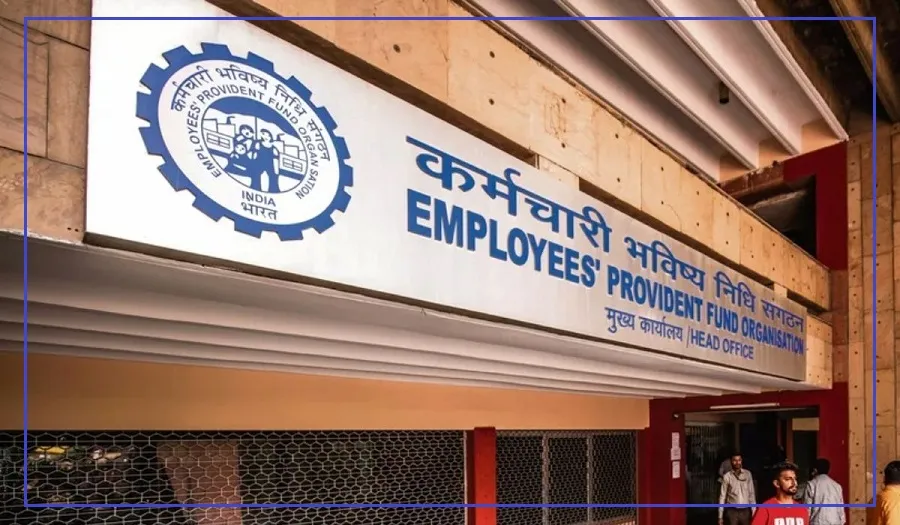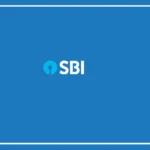New Delhi:
As of April, a significant change has been implemented in the Provident Fund (PF) system, impacting individuals changing jobs.
Understanding these alterations is crucial, especially if you’re considering or have recently switched jobs.
Familiarize yourself with the latest modifications to ensure a seamless transition of your PF funds.
Automatic PF Transfer Simplifies Process:
Under the new regulations, the cumbersome process of manually transferring PF funds upon changing jobs is now a thing of the past.
Effective from the financial year 2024-25,
PF funds will automatically transfer from your previous employer to your current one, eliminating the need to fill Form 31 for this purpose.
This pivotal shift streamlines PF-related procedures, offering convenience and efficiency to employees.
Understanding EPF:
The Employees’ Provident Fund (EPF) serves as a vital savings scheme for employees within organizations governed by the Employees’ Provident Fund Organization (EPFO).
Both employees and employers contribute equally to this scheme, ensuring financial security upon retirement.
Interest Calculation:
Consider an employee’s basic salary and dearness allowance totaling Rs 15,000, with an interest rate of 8.25 percent. The interest can be calculated as follows:
Basic Salary and DA: Rs 15,000
Employee Contribution to EPF: 12% of Rs 15,000 = Rs 1,800
Employer’s Contribution to EPF: 8.33% of Rs 15,000 = Rs 1,250
Employer’s Contribution to EPF Pension: 3.67% of Rs 15,000 = Approximately Rs 550
Total Contribution: Rs 2,350
Current Interest Rate: 8.25% per annum
Interest is calculated on the monthly operating balance, equating to 0.7083% interest per month.
With no interest accrued for the first month, subsequent contributions lead to interest accumulation.
For instance, with a total EPF balance of Rs 4,700 in the second month, the interest on EPF contribution for May amounts to Rs 33.20.
These changes signify a step forward in simplifying PF procedures, ensuring greater ease and efficiency for employees navigating job transitions.

























